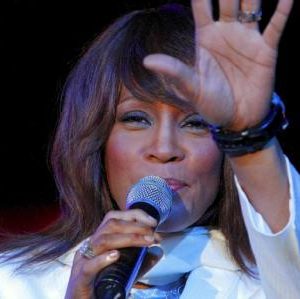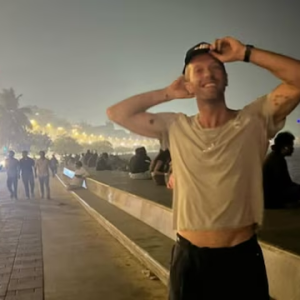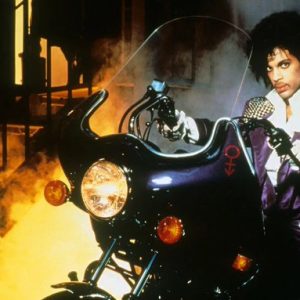Inside Ryan Gosling’s Directorial Debut: Lessons from ‘Lost River’
Ryan Gosling is known for his mesmerizing performances on screen, but in 2014, he took a bold leap into the world of directing with his first feature film, “Lost River.” Premiering at the prestigious Cannes Film Festival, the film was met with a whirlwind of critical receptions that showcased Gosling’s unique vision. As we look back at this cinematic venture, we explore the invaluable lessons learned from the making of “Lost River” and how they set the stage for Gosling’s creative journey ahead.
“Lost River,” a dark fantasy thriller co-starring Christina Hendricks, Iain De Caestecker, and Matt Smith, immerses viewers in a haunting and surreal world. The film tells the story of a single mother who discovers a mysterious underwater town that holds the secrets of her past. Combining stunning visuals with an eerie atmosphere, it’s clear that Gosling aimed to create a visually poetic experience rather than a conventional narrative.
From the get-go, “Lost River” was ambitious, reflecting Gosling’s intention to challenge traditional storytelling methods. The film’s surreal tone and striking cinematography demonstrate the artistic risks he was willing to take as a first-time director. Though not everyone embraced this bold approach—resulting in a polarized reception—those who appreciated the film highlighted Gosling's knack for pushing boundaries and exploring the depths of human emotion.
One of the primary lessons Gosling learned through the making of “Lost River” is the importance of vision over conventional wisdom. In an industry that often favors formulaic plots and safe storytelling, Gosling embraced his artistic instincts, which ultimately defined the film. Critics and audiences alike may not have fully understood his unconventional style, but it sparked conversations about authenticity in filmmaking, a vital lesson for any emerging director.
Moreover, “Lost River” served as a learning ground for managing a film set and working with a diverse cast and crew. Gosling’s transition from actor to director required him to balance creative decision-making with effective communication. His role changed from performing in front of the camera to guiding the narrative behind it. Emphasizing collaboration, he discovered that embracing input from others can lead to unexpected magic on set. This realization is invaluable for any director, reminding them that filmmaking is a team effort, and the best results often stem from collective creativity.
The film’s visual style was heavily inspired by Gosling’s own tastes and vision, characterized by dreamlike sequences and an eclectic soundtrack—a combination that reflects his artistic identity. This serves as a crucial lesson for budding directors: always stay true to your style and influences. It’s Gosling’s unique artistic fingerprints that set “Lost River” apart from traditional fare, urging others to dive into their personal aesthetic when crafting their stories.
In terms of themes, “Lost River” grappled with despair, redemption, and the juxtaposition of beauty and darkness. Through Gosling's lens, viewers were invited to explore the fragility of life and the societal violence that often lurks beneath the surface. These thematic explorations resonate even more today, where audiences yearn for genuine narratives that reflect the complexities of modern existence. The lesson here for aspiring filmmakers is crystal clear: tackle themes that matter to you; after all, authenticity is key in today’s cinematic landscape.
Despite the film's mixed reception, Gosling has grown exponentially from his directorial debut. He has used the lessons learned from “Lost River” to further develop his passion for filmmaking. These experiences undeniably laid the groundwork for future projects, revealing the potential for growth when venturing outside one’s comfort zone. Gosling’s willingness to experiment means his next works will likely reveal even more of his artistic evolution, and fans can only anticipate what comes next.
As we look back at “Lost River,” it’s evident that Ryan Gosling's first foray into directing was an exploration of creativity, vision, and vulnerability. The lessons learned—embracing authenticity, the importance of collaboration, and tackling meaningful themes—are timeless insights for anyone on the path to filmmaking.
With Gosling’s alluring charm and artistic flair, “Lost River” showcased the potential of a multifaceted artist ready to push boundaries. When the film premiered at Cannes in 2014, it debuted amidst a world fascinated by fresh perspectives and innovative storytelling. Today, as the entertainment industry continues to transform, Gosling's vision stands as a reminder that true artistry often lies in embracing the unconventional.
As he steps further into the realm of directing, fans are undoubtedly eager to see how Gosling translates the lessons from “Lost River” into his next projects. Stay tuned, because this star is just getting started.


